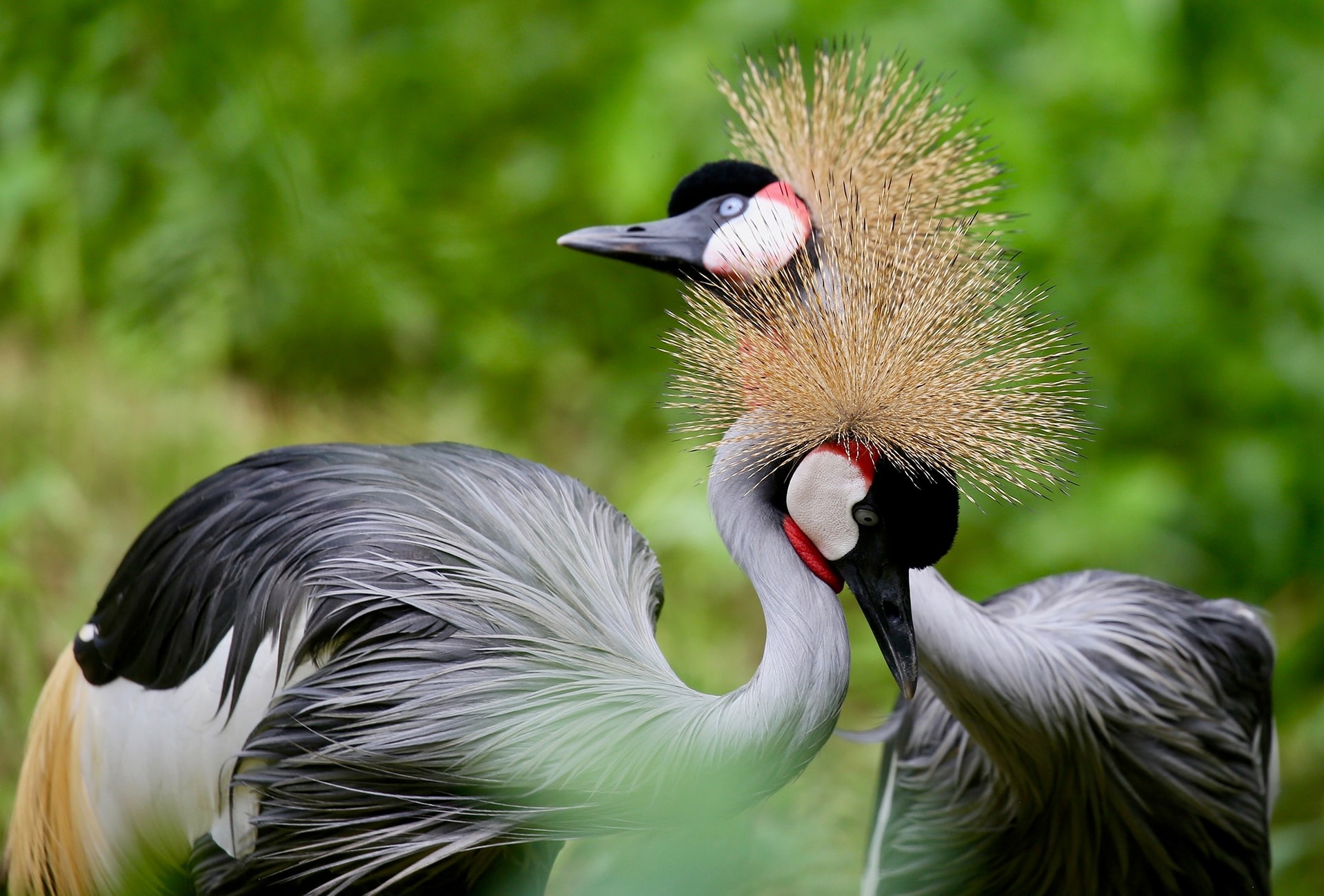
Preserve a Tropical Peatland for Endangered Grey Crowned Cranes
Support More Work Like ThisSupport More Work Like ThisRwanda’s Endangered Grey Crowned Crane is at risk of localized extinction as habitat loss and fragmentation threaten its vital tropical peatland home.
-
Species at Risk
Grey Crowned Crane (EN), Martial Eagle (EN), Grauer’s Swamp-warbler (VU)
-
Carbon stored
140,190 mT*
*(metric tons of CO2 equivalents) -
Partner
Rwanda Wildlife Conservation Association
-
14,857 Proposed Acres Conserved by
Designation
-
Project Cost: $3,092,230

14,857
Rwanda’s Endangered Grey Crowned Crane is at risk of localized extinction as habitat loss and fragmentation threaten its vital tropical peatland home.
-
Species at Risk
Grey Crowned Crane (EN), Martial Eagle (EN), Grauer’s Swamp-warbler (VU)
-
Carbon stored
140,190 mT*
*(metric tons of CO2 equivalents) -
Partner
Rwanda Wildlife Conservation Association
-
14,857 Proposed Acres Conserved by
Designation
-
Project Cost: £2,555,561

14,857
Did you know? Only
Grey Crowned Cranes were recently recorded in the Rugezi Marsh
Habitat loss, fragmentation and illegal capture threaten the Endangered Grey Crowned Crane. Rwanda’s only crane species, this graceful, long-legged bird depends on the Rugezi Marsh for foraging, nesting and breeding, with one-quarter of its Rwandan population found here. Located within the hills of northern Rwanda, this high-altitude tropical peatland is essential to their survival.
Previously, the Grey Crowned Crane’s population dropped to only one non-breeding visitor at Rugezi Marsh. With protection efforts enabling the crane population to rise again, 221 individuals were most recently recorded. But the cranes are still at risk of localized extinction from the effects of erosion, cutting of marsh grass, and mining on the nearby hills that causes excessive soil and sediment in run-off and pollution.
Rainforest Trust and our partner, Rwanda Wildlife Conservation, will work with the Rwandan government towards the goal of creating a new 14,857-acre National Park to protect the entire Rugezi Marsh. This landscape will be the first national park in Rwanda that is exclusively a wetland.
Explore Rwanda’s Tropical Peatland
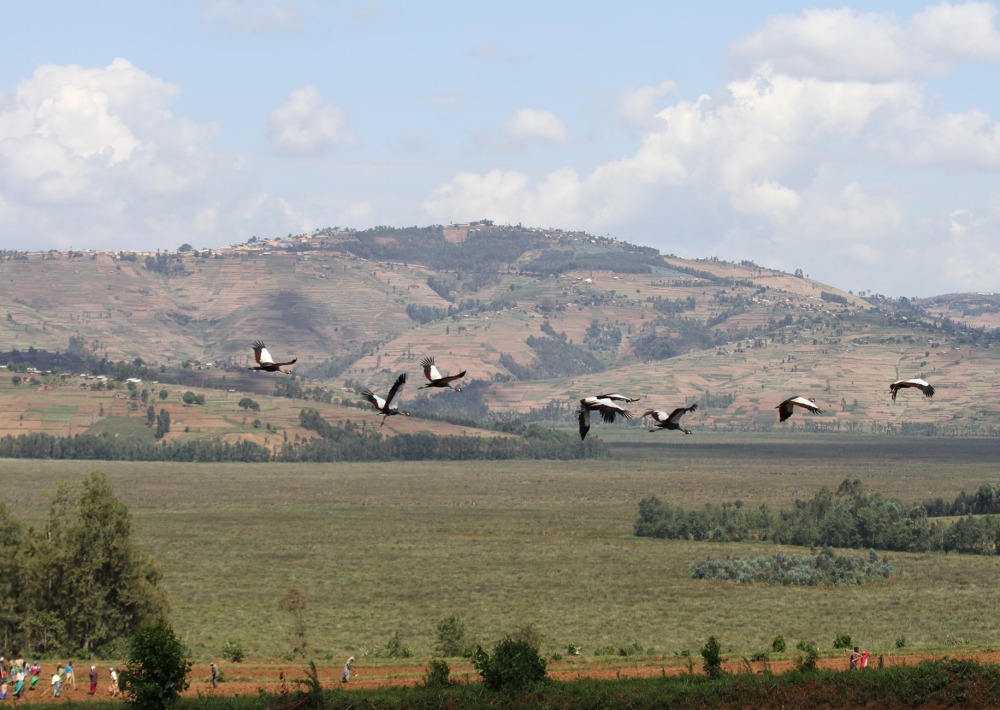
Grey Crowned Cranes fly over Rugezi Marsh, courtesy of RWCA
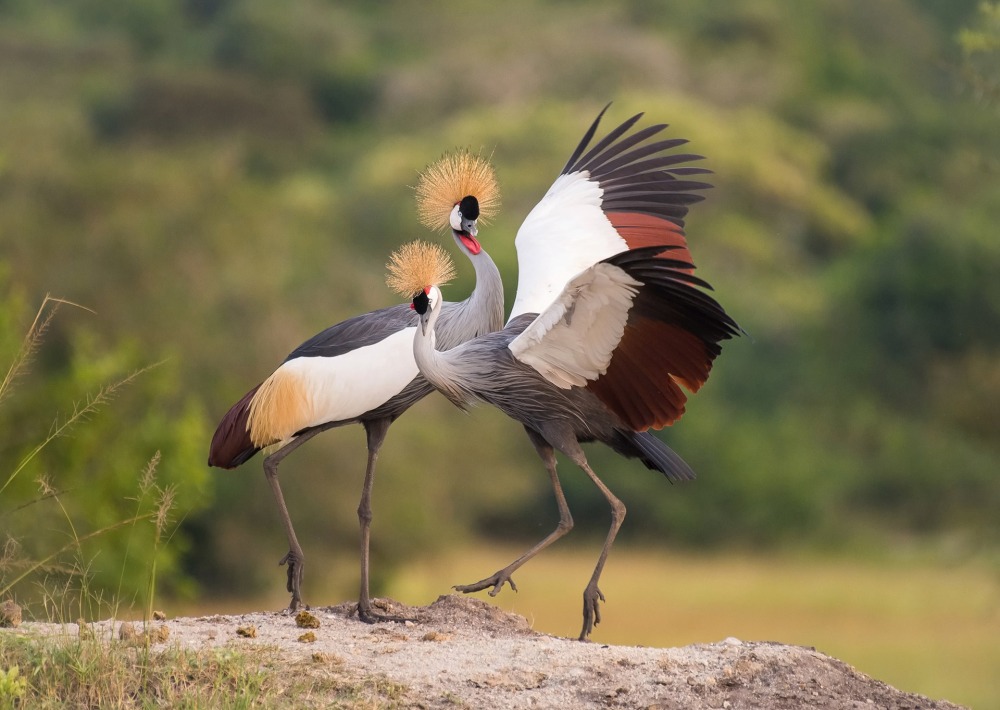
The Grey Crowned Crane courtship dance, by Petr Simon
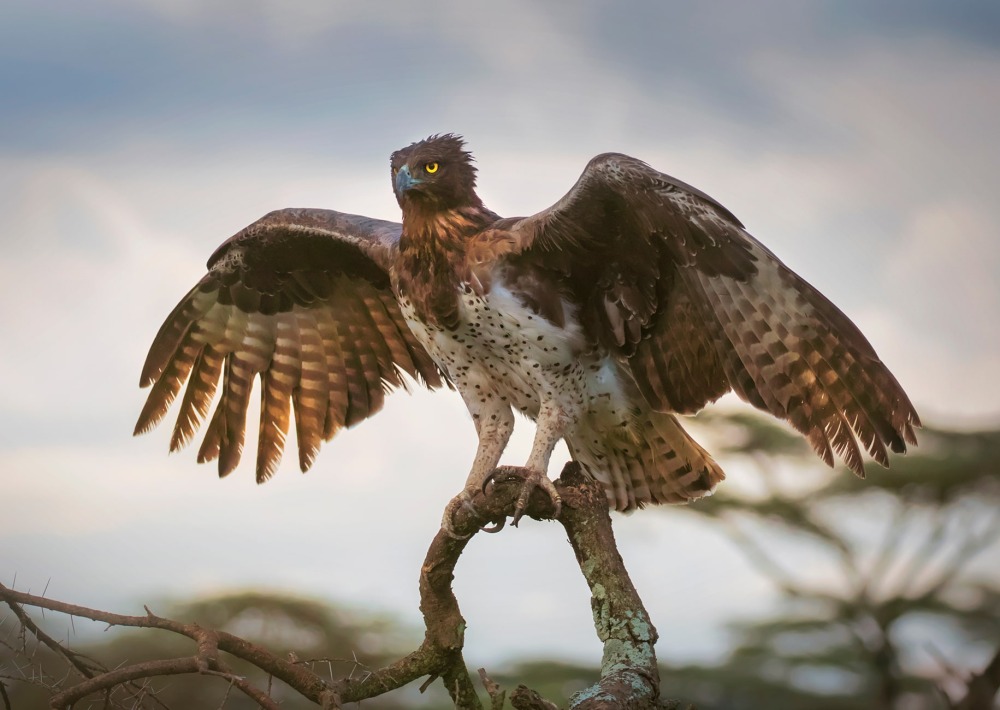
The Martial Eagle, by Theodore Mattas
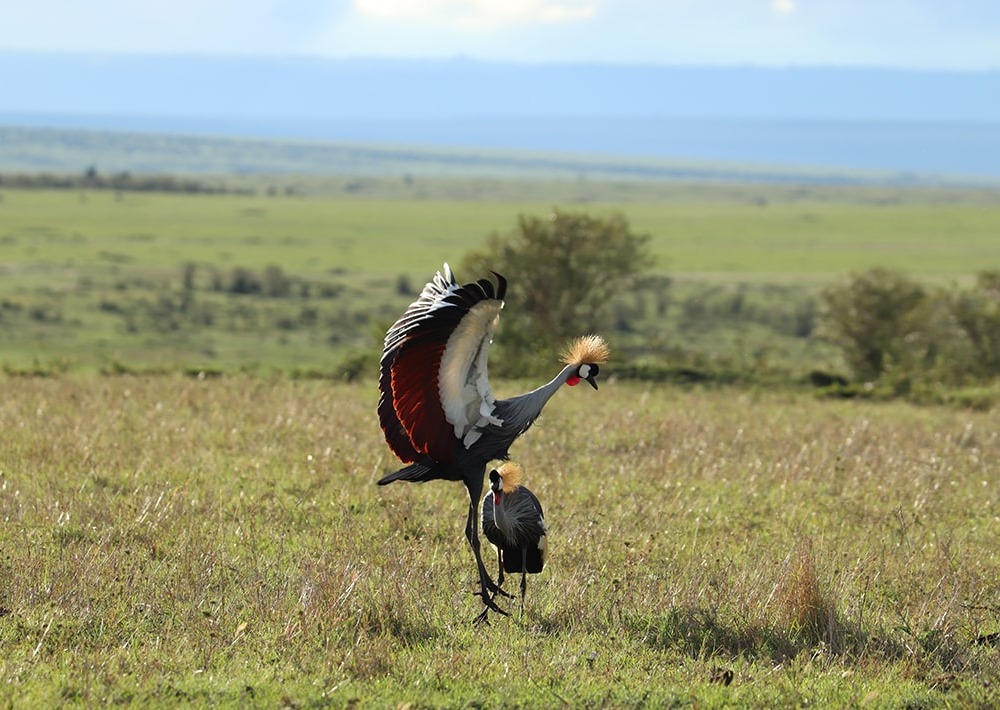
The Grey Crowned Crane courtship dance, by Marie Lemerle
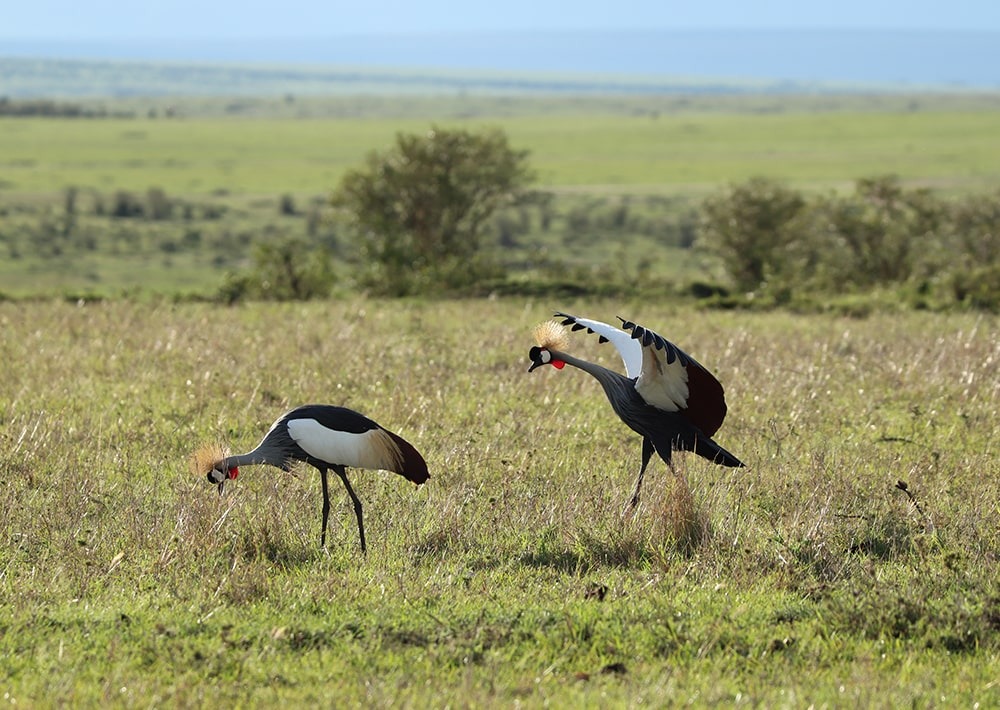
The Grey Crowned Crane courtship dance, by Marie Lemerle
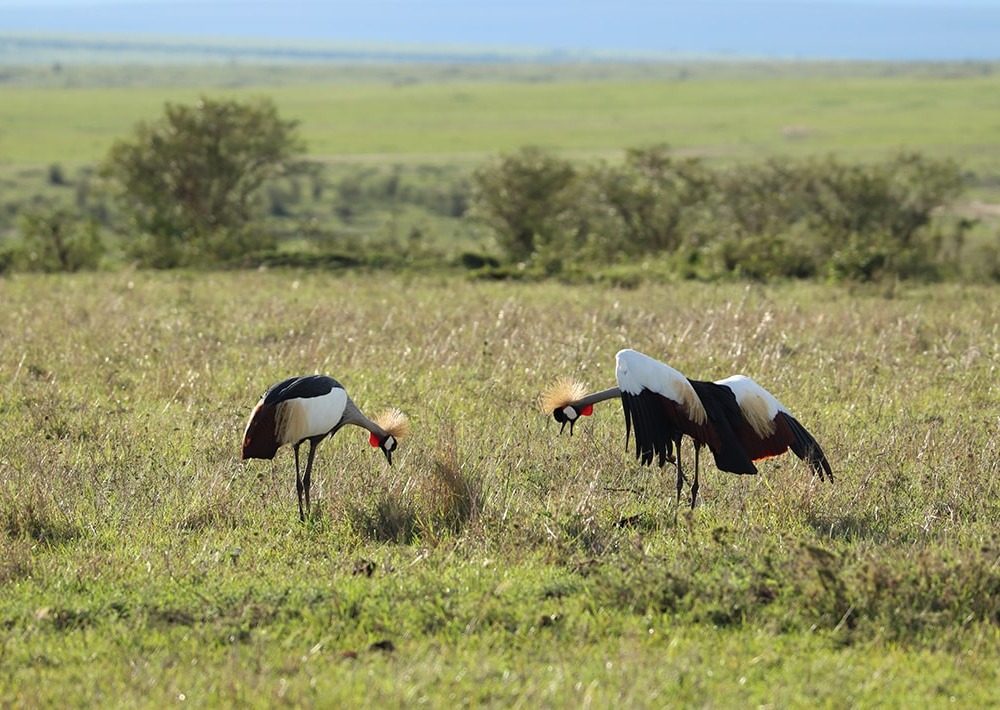
The Grey Crowned Crane courtship dance, by Marie Lemerle
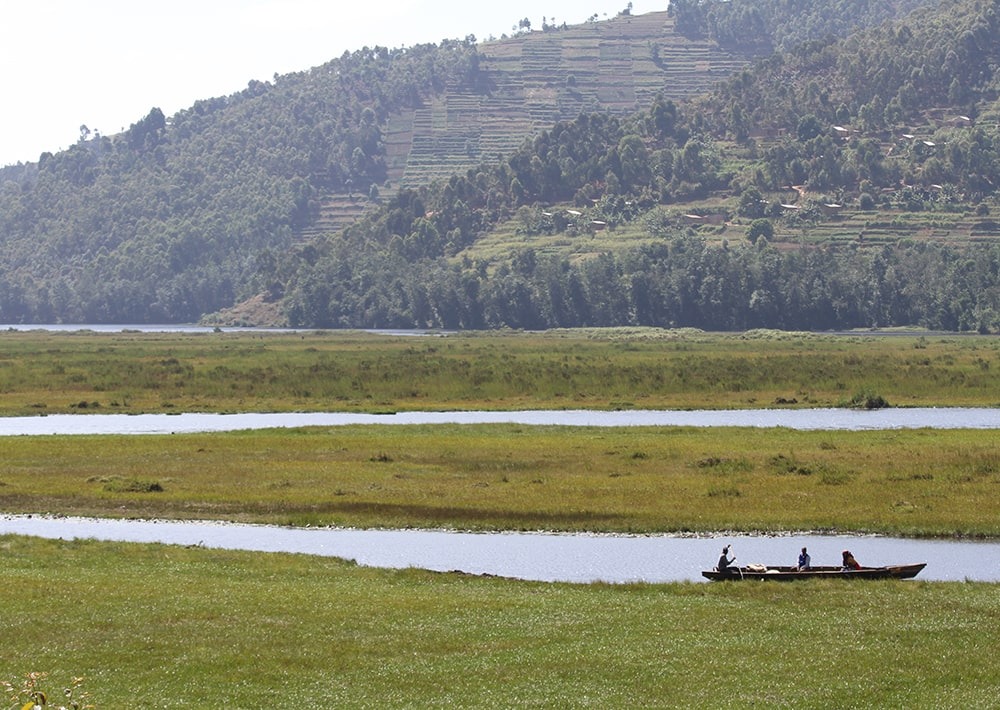
The Rugezi Marsh, courtesy RWCA

The Rugezi Marsh, courtesy RWCA
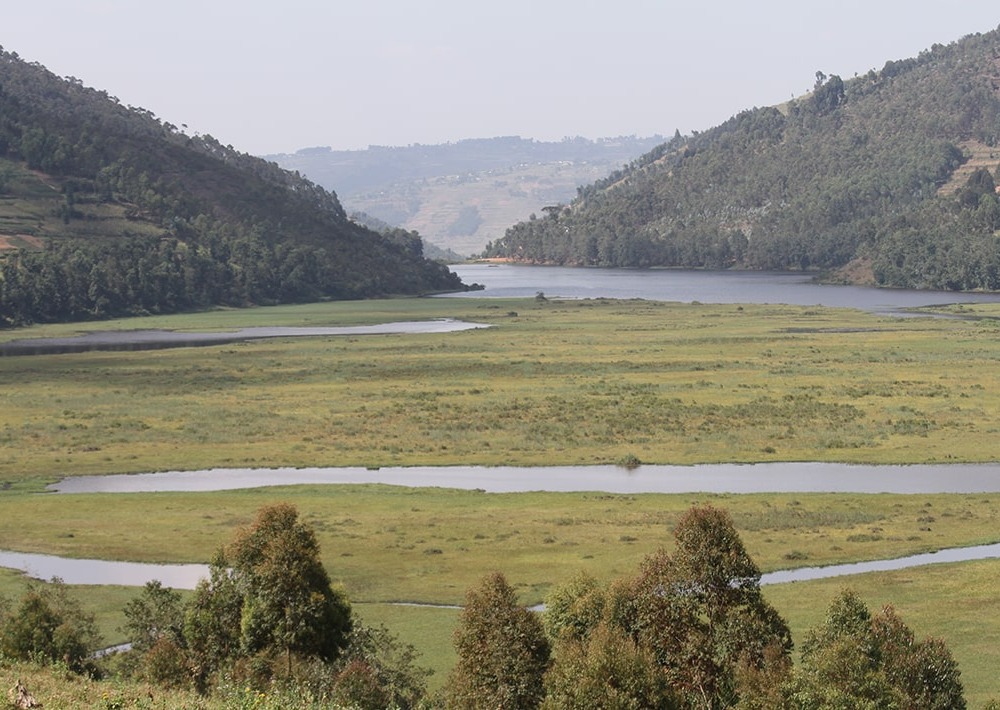
The Rugezi Marsh, courtesy RWCA
Give Grey Crowned Cranes and Other Birds a Chance to Rebound
While Grey Crowned Cranes are not categorized as migratory birds, they move locally and seasonally, depending on the abundance and distribution of food, nest-sites and rainfall. In addition to the loss of habitat, they are significantly threatened by the illegal removal of the birds and their eggs for food, traditional use, domestication, and international trade for pets, captive facilities and informal zoos. Their population has declined more than 50% in the last 19 years and, without protection, is expected to continue decreasing.
The Rugezi Marsh is also an Important Bird Area for endemic species such as the Vulnerable Grauer’s Swamp warbler—60% of its global population lives in this Marsh. The Endangered Martial Eagle and Vulnerable Papyrus Yellow Warbler also find refuge in this wetland.
Community Commitment to This Ecosystem
Our partner has worked in this region for over eight years to end the illegal trade of the Endangered Grey Crowned Cranes and protect and restore their habitat. They will conduct ongoing biodiversity surveys to monitor the health of the marsh and species. Stakeholder consultations and a full process of engagement with local communities will inform the process.
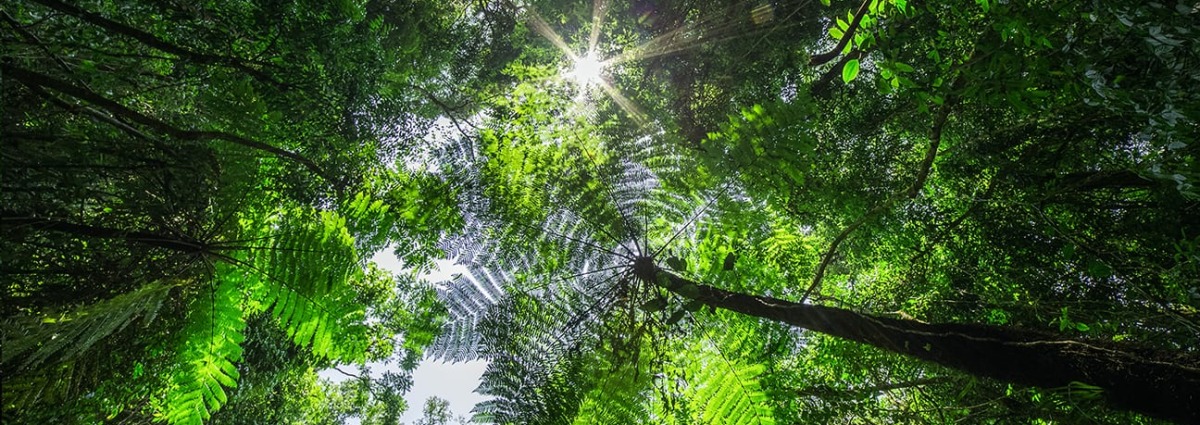
We Value Transparency.
Conservation work is critical, challenging, and can be costly. We work hard to ensure we raise only the funds needed for each project. In the rare case we raise more money than needed or a project comes in under budget, excess monies will be transferred to the Conservation Action Fund. This fund supports our important conservation work throughout the tropics.
Learn more about the Conservation Action FundLearn more about the Conservation Action Fund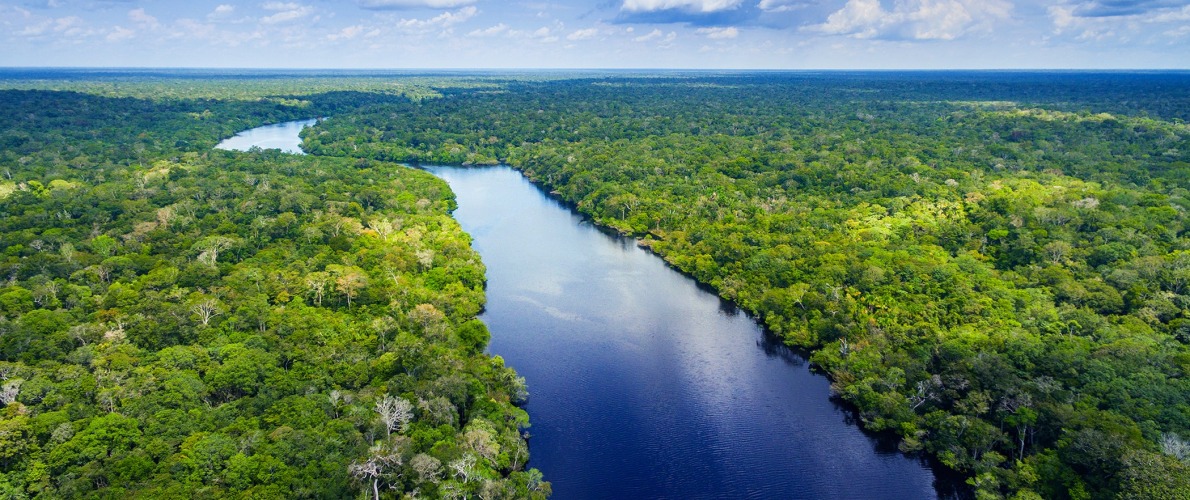



Partnering to Save Rainforest
Our partners’ ability to work with their governments and build strong connections with local communities ensures the successful implementation of our projects.
Learn More About This PartnerLearn More About This Partner
